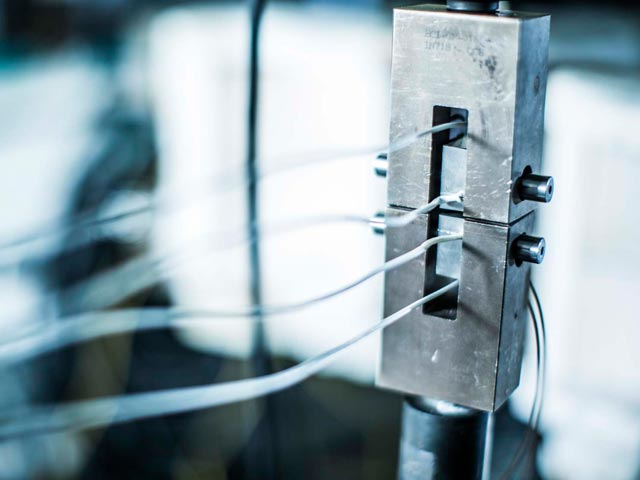In many aerospace and manufacturing applications, cracks are inevitable. What's important to understand is what happens after a crack initiates, and how quickly it grows. Small, slow propagating cracks are not necessarily an indication of problems or failure. However, large, quickly growing cracks can be potentially catastrophic.
Using fracture mechanics, Element engineers quantitatively establish allowable stress levels for new structures, and inspection requirements for structures used beyond their initial design life. Element tests both high-strength ferrous and nonferrous materials in the company’s computer-controlled servo-hydraulic test frames.
Element fracture mechanics lab experts can help you solve fracture toughness problems in your industry—from ground vehicle, aerospace, and defense suppliers to the power generation sector and nuclear and wind power industries. Element has the mechanical and metallurgical engineering expertise and experience to recommend and conduct tests, analyze complex data, and consult with you on brittleness and toughness issues.
Common test specifications include:
- ASTM E1820 (Fracture Toughness Measurement)
- ASTM E399 (K1c Testing)
- ASTM D5528 (G1c Testing)
- ASTM E647 (Fatigue Crack Growth)
- ASTM E1290 (Crack Tip Opening Displacement)
- Fatigue Crack Propagation
- J-R Analysis
- Stress Corrosion Cracking
- Environmental Condition (Temperature, Humidity, etc.)
